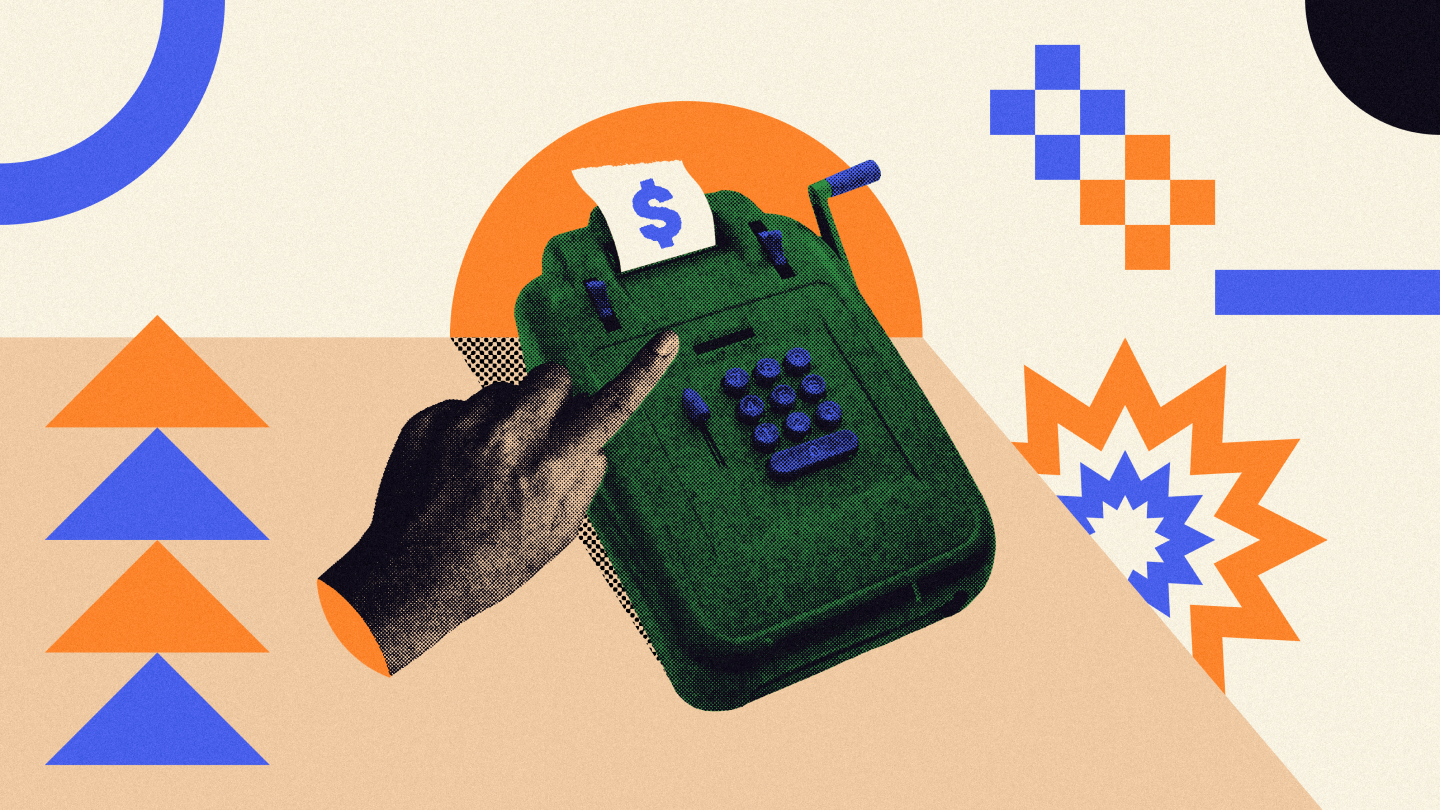How Big Should Your Emergency Fund Be in 2024?
An emergency fund is essential because it gives you additional financial security during emergencies. You can never fully plan for the future as unpredicted events can impede it. Your emergency fund helps you stay out of trouble and can cover unexpected expenses.
In addition to planning your expenses, savings, and investments, budgeting for your emergency savings is also an essential part of a strong financial portfolio. If you suddenly have medical bills, home renovations, car repairs, you likely don’t have time to adjust your budget to pay for these. Building an emergency fund ahead of time helps you stay afloat and avoid larger financial troubles like debt.
Understanding how much you should have in an emergency fund can be tricky, as your situation is unique from other people. Here are some tips to ensure you have a safety net during financial emergencies.
What is an emergency fund?
Before we dive into how much you should set aside for an emergency fund, let’s define the term. An emergency fund is a pool of money set aside for emergencies only. An emergency may be something like losing your job, a sudden illness, property damage, or a car accident. Any of these events could result in significant financial ramifications.
Rather than taking out a loan or using your credit cards, you can use your emergency savings to cover some or all of your unexpected costs. It can prevent emergencies from snowballing into bigger financial troubles. An emergency fund can help give you peace of mind during challenging times and act as a safety net.
Why you should have an emergency fund and how to build one
An emergency fund helps prevent you from getting into bigger financial trouble when something unexpected happens and you can keep it separate from your other savings goals. Your emergency savings can assist with paying bills and buying any necessities if you don’t have income–which is the worst-case scenario.
Some people like to keep their emergency funds in an everyday account, while others may opt for a registered or non-registered savings account. Choosing the ideal account ensures you have a dedicated place to build your emergency fund and keep it safe until you need it. Wherever you decide to deposit your emergency savings, it is your personal insurance policy, and you should use it as a last resort.
How much do I need in my emergency fund?
It depends on your financial situation and how much you can save. If you have a lot of loans and financial obligations, you may need more money to set aside for emergencies. Consider these things when you decide how much money you should have in your emergency fund to determine what you need in order to have the financial security required to tackle a rainy day. It may be three to six months' worth of financial obligations. It is wise to include building your emergency fund as a part of your budget so you don’t forget to put money into the fund regularly.
If you can afford to build an emergency fund right now, here are some tips to determine the right amount.
Look at how much you spend
You probably have various necessities and wants you purchase regularly, like groceries, gas, housing, eating out, and going to the movies. Write down the fixed and flexible expenses you have and add them together to find your total monthly expenses. Fixed expenses include anything you pay regularly where the amount generally stays the same, such as mortgage and car payments. Flexible expenses may change month-to-month, such as gas and groceries.
Multiply your monthly expenses by three to six depending on how much money you want in your emergency savings. Experts recommend this as a good target to ensure you have enough money to cover expenses while you get back on your feet. For example, if you spend $2,500 monthly on bills and other expenses, you want to aim for $7,500 to $15,000 in your emergency savings.
If you have debt payments or are living paycheque-to-paycheque, you could build your emergency fund slowly until you have more means to save. You’ll still have some money to help with unexpected expenses but you can also focus on reducing your debt at the same time.
Decide if you need to save more money
If you’re short on funds but want to grow your emergency savings, consider cutting costs. Review your list of monthly expenses and determine which things you don’t need. For example, you can eat at home instead of at a restaurant or go to the movies once every two months instead of once a month. Even cutting down on small purchases can save you a lot of money over time, and you can put those savings toward your emergency fund instead.
Your financial situation may change over time, and you may decide to put more money in your emergency savings. For example, if you have dependents or your expenses have increased, you may need more money to pay the bills . If you’re a homeowner now, you may want to deposit more money in your emergency fund since home repairs can be expensive. Regularly evaluate your financial situation to ensure your emergency fund matches your lifestyle and needs.
Saving something is better than saving nothing
Everyone starts somewhere. It’s okay if you don’t have an emergency fund yet or have a lot saved up. Start with a realistic amount you can handle each month and focus on making savings a habit. If you can only save $20 a month, focus on putting it in your emergency fund immediately. Once you get used to saving $20, or have more money to allocate towards your emergency fund, you can increase the amount slowly.
Tips for building your emergency fund
Once you determine how much you want to put in your emergency fund, good savings habits can help you build it. Here are some tips for building your emergency fund so it’s ready when you need it.
Take advantage of savings accounts
Savings accounts pay interest on your deposits, which gives you some extra money for your emergency fund. If you want to maximize your interest earnings, a high-interest savings account offers a higher interest rate than a classic spending or chequing account. The interest you earn depends on the interest rate, compounding frequency, and total deposit amount. A high-interest savings account puts your money to work and can assist with growing your emergency fund.
Automate your savings
Building an emergency fund is just like any savings goal you have. You create a plan, start small, and slowly make it a habit to save more money. Automating your savings makes it easier to put money into your emergency fund. You can choose the date, amount, and frequency you want to transfer money into your fund. For example, you can automatically save $100 from every paycheque.
When you automate your savings, you won’t forget to set that money aside. Automating your savings can reduce stress around achieving savings goals.The sooner you automate your savings, the easier it will be to build your emergency fund.
Get creative
If you want to save more money and find it hard to cut expenses, you can find creative ways to increase your income. For example, you can sell old furniture and clothes you don’t want, make arts and crafts, babysit, or find a part-time job. Adding more sources of income gives you more money to allocate for emergency savings and other savings goals.
Consistency
You build habits by consistently doing the same thing, even if you don’t want to. Remind yourself to deposit money into your savings on the same day each month so it becomes a habit. You can set a reminder on your phone, mark it in your calendar, or automate your savings so you don’t forget. Find ways to make saving for your emergency fund part of your routine to increase your success in building a sizeble fund for any emergencies that may arise.
Only use your emergency fund in emergencies
Your emergency fund is meant for emergencies only. You shouldn’t use it as extra cash to pay bills or buy things on your wishlist. Keeping your fund in a dedicated savings account can prevent you from wanting to use it. Creating a well-planned budget can also ensure you allocate enough money to your expenses and savings goals so you don’t need to use your emergency fund for bills.
Stash away any extra money
If your company gives you bonuses at the end of the year, you may consider stashing away all or part of that into your emergency savings. You can deposit any tax refunds and credits you receive to your emergency fund instead of using it for a shopping spree. It’s an easy way to boost your savings without affecting your budget.
Restart once you use your emergency savings
Once you empty your emergency savings in an emergency, it’s time to start saving again for future emergencies. You can follow the tips listed above to slowly rebuild your emergency fund at a comfortable pace that works for your situation.
Build your emergency fund with the right savings account
Choosing the right savings account plays an important role in helping you create a strong safety net for financial emergencies. The Neo High-Interest Savings account is an ideal choice because it offers one of the highest interest rates among Canadian financial institutions¹. You earn 4% interest² on every dollar in your account to maximize your savings.
Open multiple accounts personalized to your savings goals, so you can keep your emergency funds separate from your other goals. It keeps your funds organized and helps you stay on track to meet different financial obligations. You can move, withdraw, and deposit funds easily according to your needs. You have the flexibility to build your emergency savings while maintaining your other savings goals.
With no monthly fees or minimum balance obligations, the Neo High-Interest Savings accountis suitable for all eligible Canadian residents. Learn more about the account and how it can help keep your emergency savings secure.
This article provides information and is not intended to provide any personalized tax, investment, financial, or legal advice. You are encouraged to seek professional advice before making financial decisions.¹ Based on research of high-interest savings accounts, comparing and limited to: BMO, CIBC, Scotiabank, TD Bank, RBC, Simplii Financial, and Tangerine. Research conducted by Neo Financial and based on data taken from public websites on December 29, 2023. Research excludes welcome offers.
² Interest is calculated daily on the total closing balance and paid monthly. Rates are per annum and subject to change without notice.



